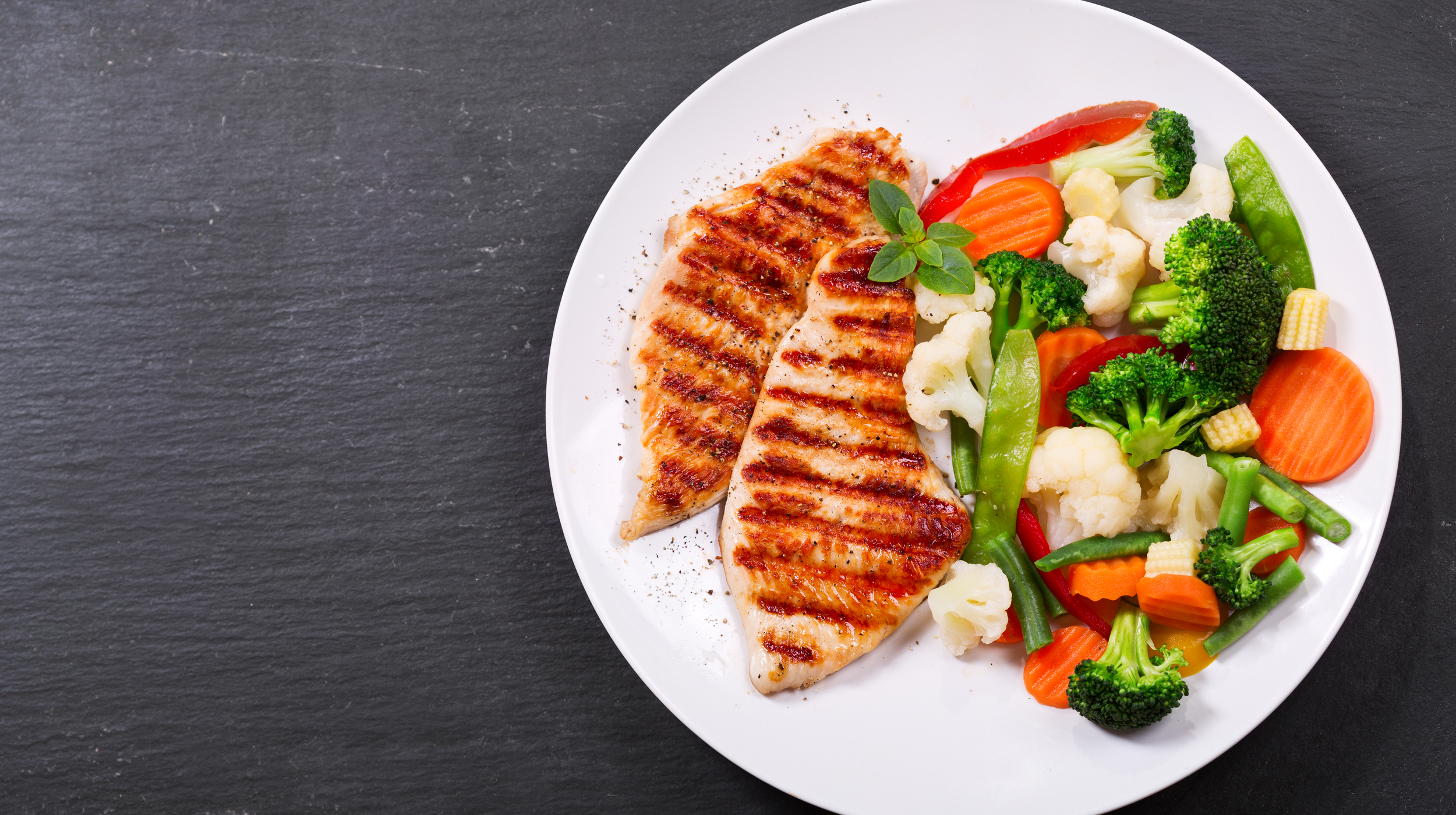Calorie Cycling For Bulking and Fat Loss
Oct 8, 2019 mindpump- Calorie cycling allows you to have days throughout the week where you eat more calories, and days where you eat less calories. This usually happens in the adjustment of carbs and sometimes fats.
- It allows for more flexibility which gives a lot of people a mental break (for days they go out with friends, had more intense workouts, etc.).
- However, in order for this to work, you need to be tracking your calories properly so that you can appropriately follow the cycling.
How It Works
If you are above 15% (men) or 24% (women) you can follow a regular diet. This provides as more of a change up for those trying to get that extra leanness. This will involve self experimentation as everyone is different but a good starting point is
High Calorie Days – 10% surplus above maintenance intake
Medium Calorie Days – Maintenance intake
Low Calorie Days – 20% below maintenance intake
If you need tips on figuring out your maintenance intake check out my article on How To Calculate Your Macros For Rapid Weight Loss.
Calculating Macros For Cutting
Eat using the low calorie guidelines for 5-6 days and medium calorie guidelines for 1-2 of the days.
[Macro Structure]
Protein – 1-1.25g/lb bodyweight
Fat – 30% of calories
Carbs – remainder of calories
Example – If I weigh 180lbs and my maintenance is 2300 cals.
Medium Day
Protein – 180g (720 calories)
Fat – 76g (690 calories)
Carbs – 222g (890 calories)
Low Day – 1840 calories (2300 x .20 as per guidelines)
Protein – 180g (720 calories)
Fat – 61g (552 cals)
Carbs – 142g (568cals)
Calculating Macros for Bulking
Experiment eating at a surplus (high calorie guidelines) for 4-5 days a week (ideally on days you train), and a deficit (low calorie) OR maintenance (medium) on 2-3 days (off days). If you find you are losing weight or holding steady, then keep the off days at maintenance. If you are gaining more than 1lb a week, then switch the off days to a deficit.
[Macro Structure]
Protein – .8-1g/lb bodyweight
Fat – 20% of calories
Carbs – remainder of calories
Example – still using the same example as above
High Day – 2530 calories (2300 x .10 as per guidelines)
Protein – 180g (720 calories)
Fat – 84g (759 calories)
Carbs – 262g (1,051 calories)
Low Day – 1840 calories (2300 x .20 as per guidelines)
Protein – 180g (720 calories)
Fat – 61g (552 cals)
Carbs – 180g (728cals)
What’s the Purpose of Calorie Cycling vs Just Eating the Same Everyday?
Without dragging on too much, think of it this way. Our body fluctuates constantly depending on how much activity we did that day (and thus fuel we need), how much sleep we got that night, how stressed we are, etc. Let’s be real. On your off day, when you’re sitting on your couch all morning and afternoon watching Stranger Things, you PROBABLY don’t need the same 3,000 calories that you also ate on a day you hit heavy volume at the gym. Yet, this is what people do because they think they have to follow this super monotonous plan.
Stop thinking of calories as this daily allotment that you have to achieve by 11:50pm that night and then it restarts. Start thinking weekly.
i.e. Let’s say you need 2,000 calories a day on your current fat loss diet. That’s 14,000 calories a week you get to spend. Knowing this, you now have the option to more flexibly eat more on some days if you’re feeling hungrier, and less on others (where your output isn’t as high). Just make sure the overall weekly caloric intake hits that 14,000.
I basically want the carbs to optimally fuel my body so I can keep my metabolism revved up. As you get deeper into a calorie restricted diet, your metabolism adjusts to the lower intake and thus slows your metabolism down to meet the demand. This should minimize fat gain (for those trying to bulk up but keep the necessary fat gain minimal), and help create sustained fat loss during a diet (because of the revved up metabolism).
Choose The Plan You can Follow CONSISTENTLY!
To wrap this up, the beauty of this model is, it allows you the FLEXIBILITY to work around roadblocks that may otherwise impede your progress (friend’s birthday, holiday party, etc.). It more importantly allows you to have better energy for the workouts that need it, and take it easier on the days that don’t. It’s also MENTALLY appealing. Believe me, as you progress more and more into your fat loss diet, you will look forward to those high carb days. It’ll feel like a cheat – except you’ll still be right on target. The higher carb intake days also help mitigate cortisol which, if this increases too much, will slow down any fat loss you are shooting for as it needs a carb source to stay low.







